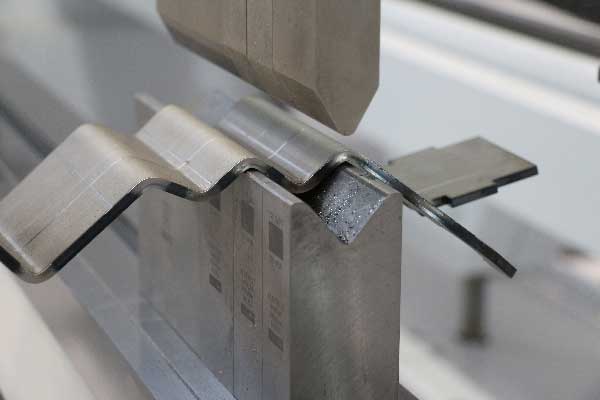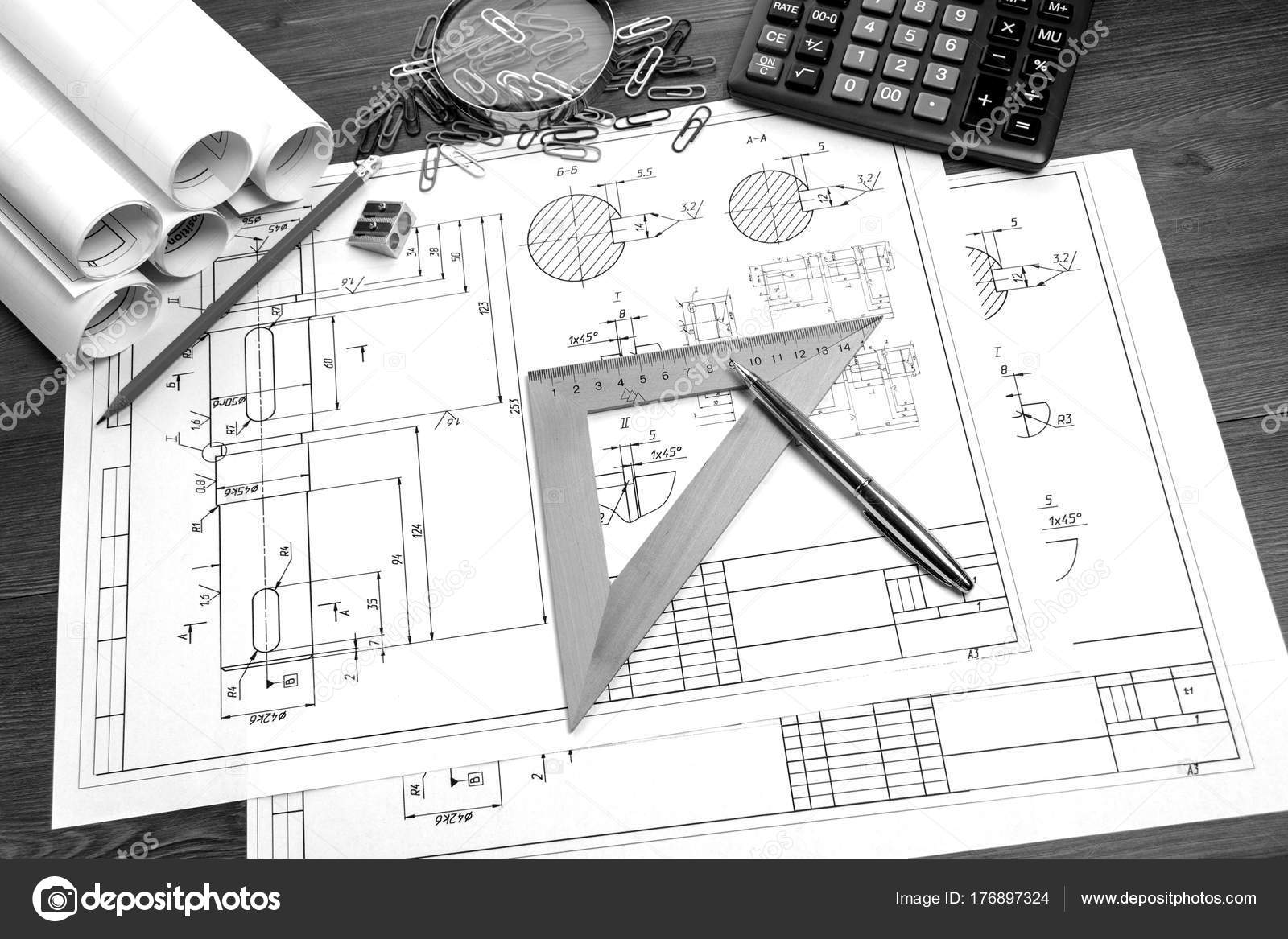Sheet metal bending in BELBOLT is a high–quality result in a short time
We offer customers
Calculation of the application within 3 hours
Convenient location in Minsk
Discounts for regular customers
Discounts for serial products
Presence of metal from 0.8 to 16 mm


Everything for partner relations
-
Production time 1-5 working days
-
Production is possible “day to day”
-
Discounts depending on volume
-
A trial sample is free when ordering a batch
-
Production according to the reference sample and sketches
Modern equipment from world manufacturers
- Force 110 t.
- Axes Y1, Y2, X1, X2, R1, R2, Z, + automatic deflection compensation
- Bending of products up to 14 mm thick
- Cybelec ModEva IST CNC
- Working surface 3100 mm.
- Various types of punches and matrices

- provision of scan drawings or other documentation in DXF, DWG, CDR, SLDPRT format (AutoCAD, Compass-3D, CorelDRAW, SOLIDWORKS);
- the scale of the details in the drawings is 1:1;
- the file must not contain splines, overlapping and intersecting contours, breaks;
- the contours of the part should consist of simple elements: a segment, an arc, a circle;
- all curves must be closed;
Documentation requirements:

Technology
Sheet metal bending is one of the most common cold deformation operations. It is characterized by low energy consumption, and with proper development of the process technology, it allows you to successfully produce spatial products of various shapes and sizes from flat blanks.
To date, sheet metal bending is carried out in various ways. The most widespread machines are of the type of "free" or "air" bending.
Bending on machines of this type is based on the principle of three points. The sheet is based on two points of the matrix. The punch presses on the sheet between two points of the matrix, forming a third, central point. As the punch is lowered, the central point of the sheet descends with it, and the lower side surfaces of the sheet slide along the radii of the V-opening of the matrix. The material is somewhat compressed at the place of the punch pressure and is significantly stretched from the lower side of the sheet. Also, the material is deformed at the point of sliding along the matrix — visible or invisible traces of deformation (indentation) remain there. The so-called "neutral layer" remains in place. The position of the neutral layer in the thickness of the curved metal depends on many reasons, primarily on the thickness of the material, on the bending method and on the internal bending radius.
Bent parts have a number of advantages:
- durability;
- rapid release thanks to modern equipment;
- geometry accuracy, which cannot be achieved in other metal works.
- the possibility of drawing up drawings based on preliminary sketches and samples of finished parts;
- providing discounts for large wholesale orders and with constant cooperation;
- the possibility of manufacturing a trial unit of products to assess quality and compliance with standards;
- extensive experience in the development and manufacture of metal products;
- providing a range of services for laser cutting, bending, welding, machining.
